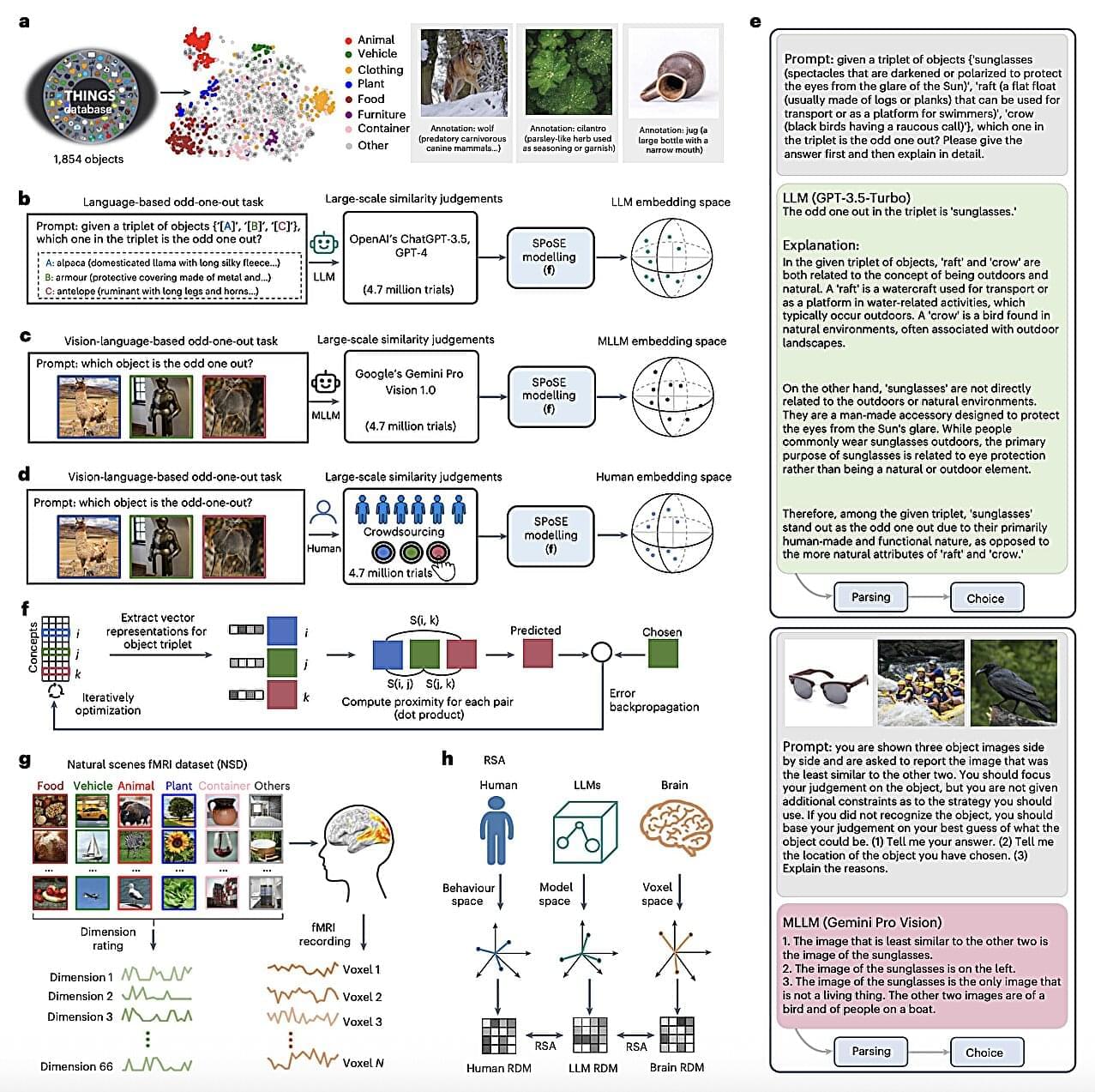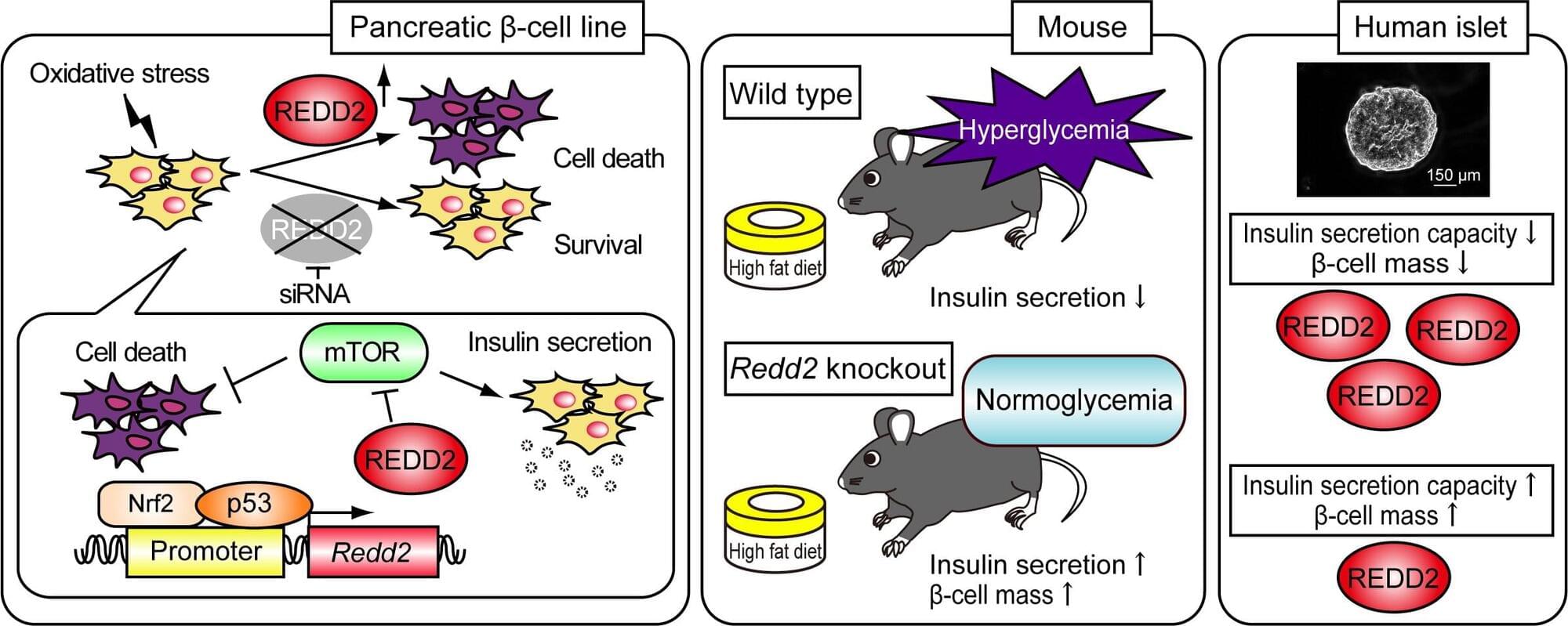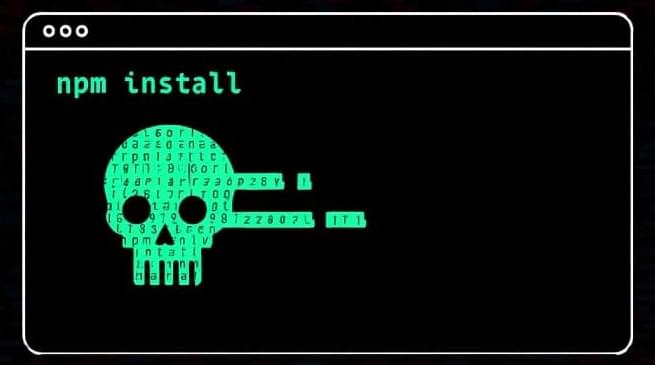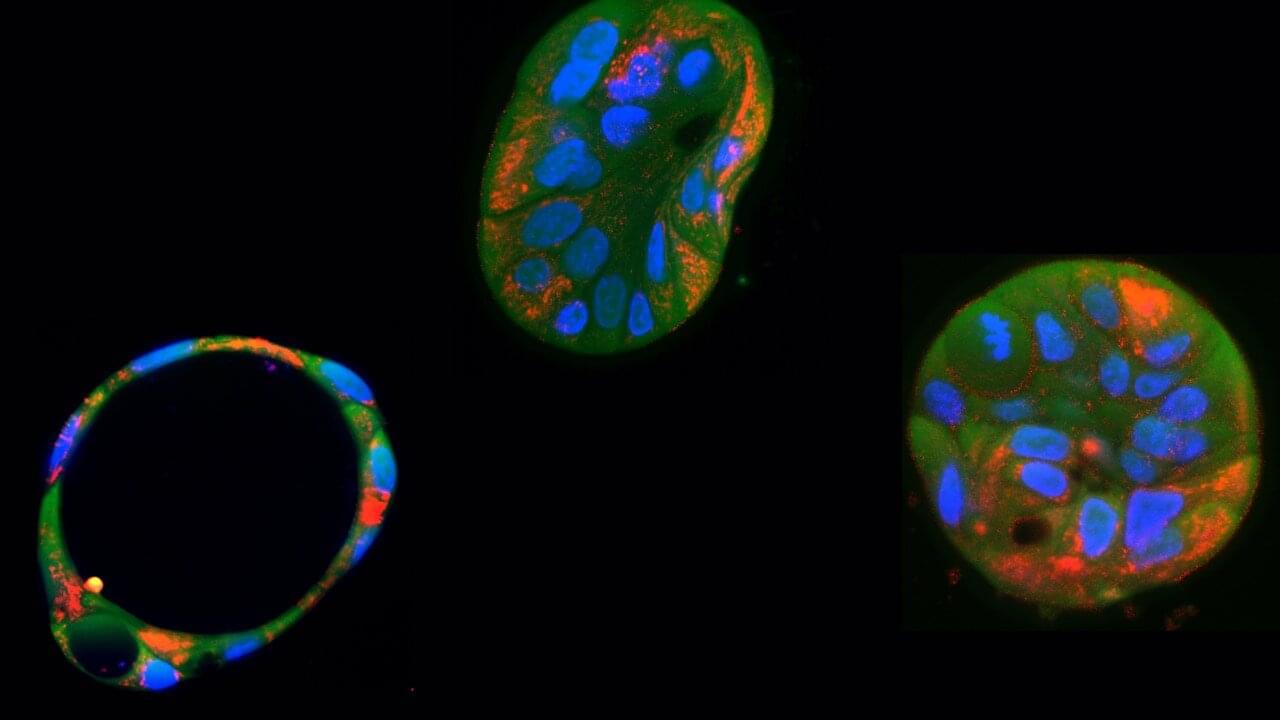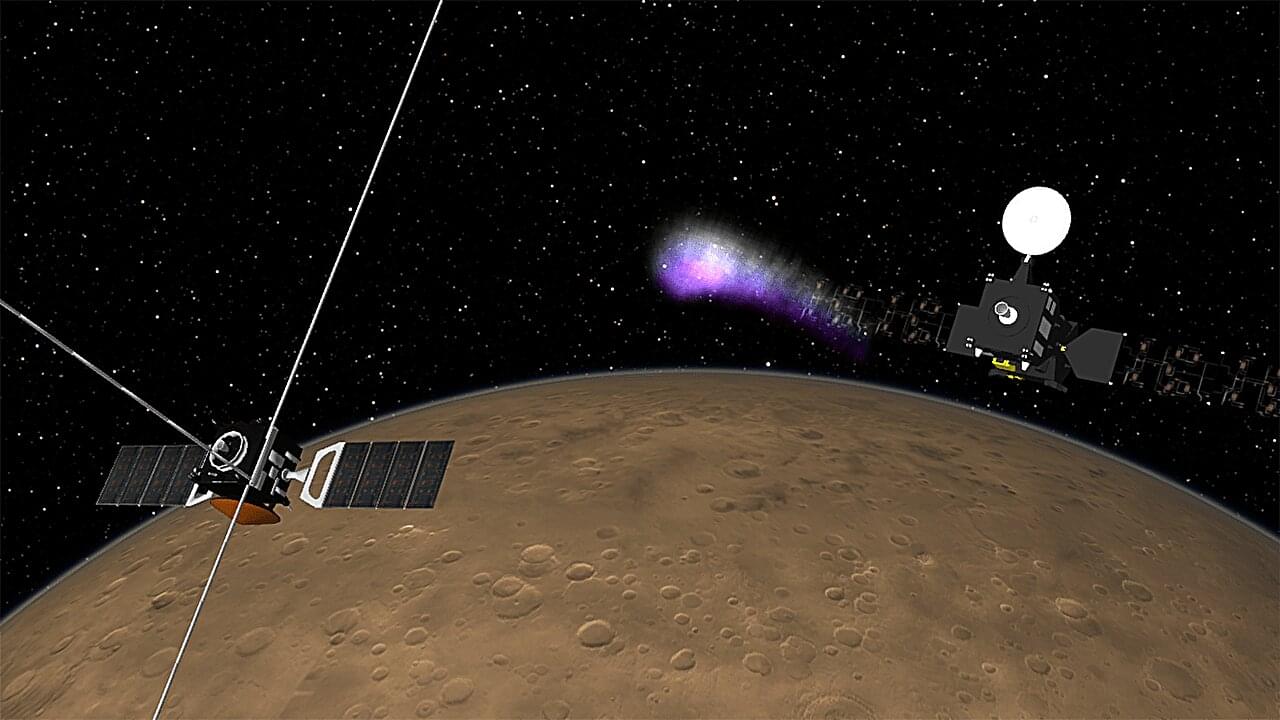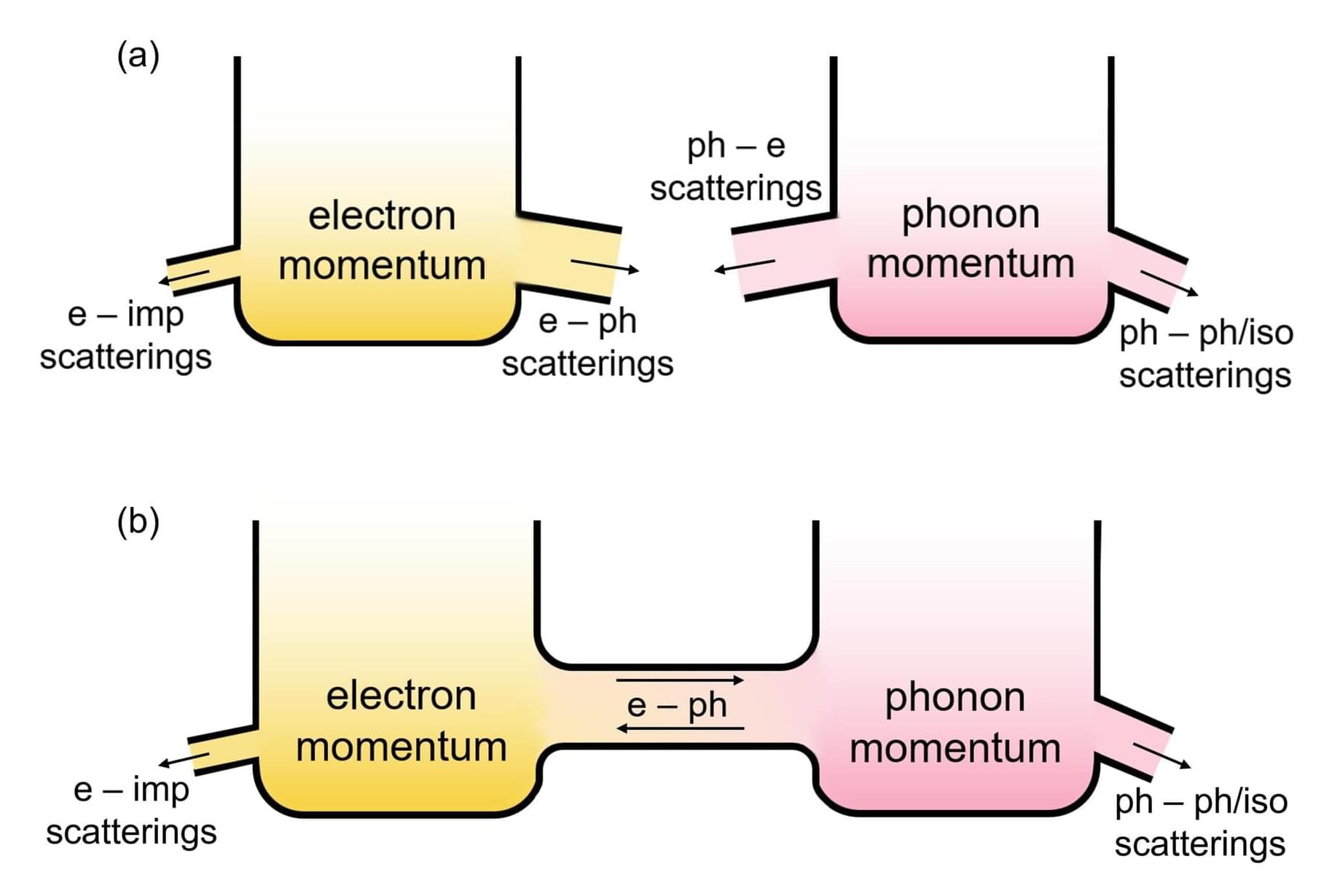Artificial intelligence (AI) is rapidly permeating many aspects of our everyday lives and nearly every sector of society. In education, AI innovations are increasingly recognized for their transformative potential for enhancing teaching and student learning. In this article, I focus specifically on the evolution of AI in early childhood education (ECE), serving children from birth to age 8. To shed light on this phenomenon, I synthesize pertinent literature to yield conceptual, empirical, and practical insights. I begin with a historical perspective, tracing the origins of Turing’s conception of machine intelligence and the term “AI” to the current practical applications of AI in ECE and AI use by, for, and with children. I then examine developmental appropriateness and ethical considerations surrounding AI use. Next, I identify new opportunities and challenges for early childhood teachers, offering practical recommendations for education leaders and proposing future research directions. Finally, I conclude by reimagining an AI-powered future of ECE, emphasizing the need for supportive practices, active engagement, and the cultivation of positive dispositions among all key stakeholders, who must keep pace with the evolving AI landscape by navigating new opportunities, emerging challenges, and innovative developments. Additionally, I reimagine a transformative educational landscape enriched by student-centered, innovative teaching practices that catalyze learning in an AI-child interactive environment. In this reimagined and progressive educational landscape, the children are empowered with equal opportunities and equitable resources to naturally learn about and from developmentally appropriate AI tools as well as leverage them in ethical and responsible ways to enhance their learning.

